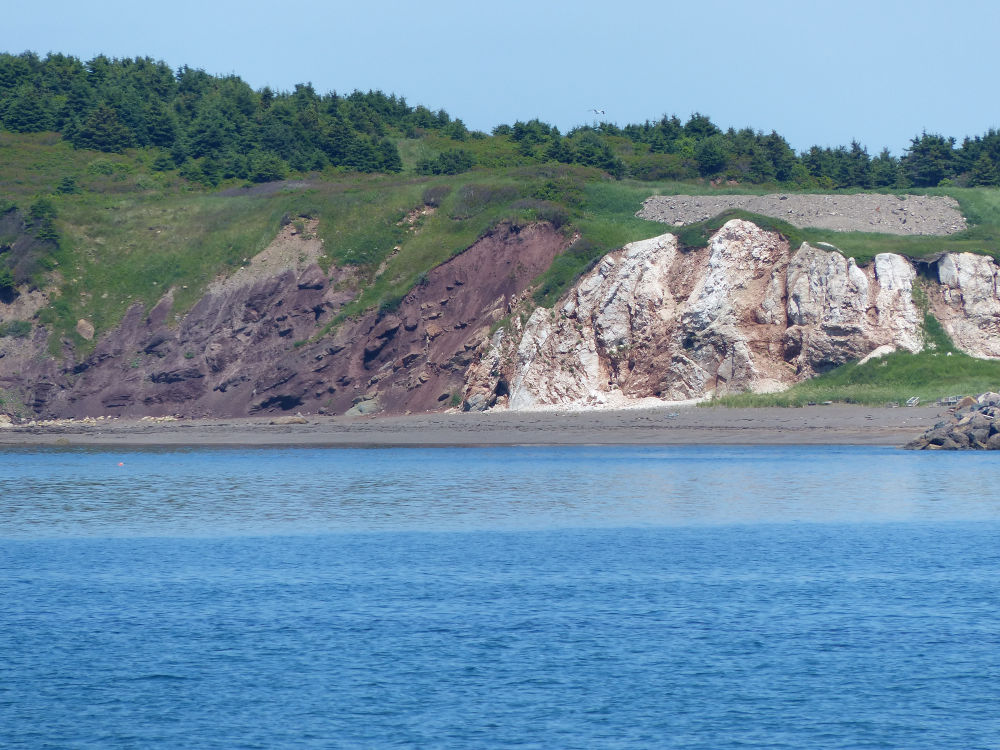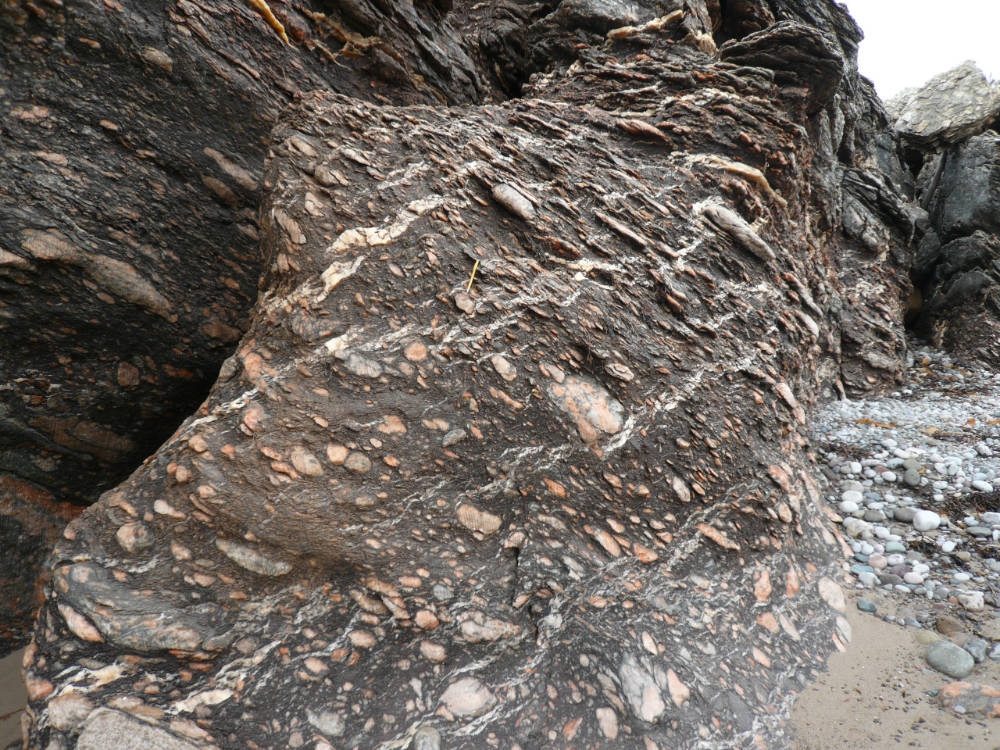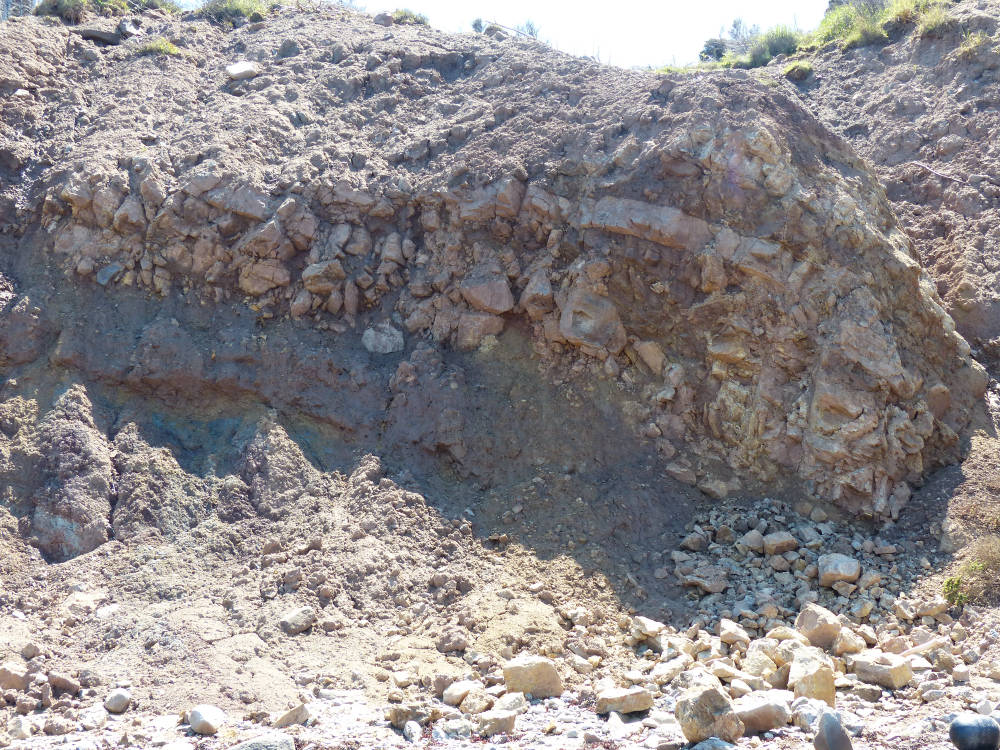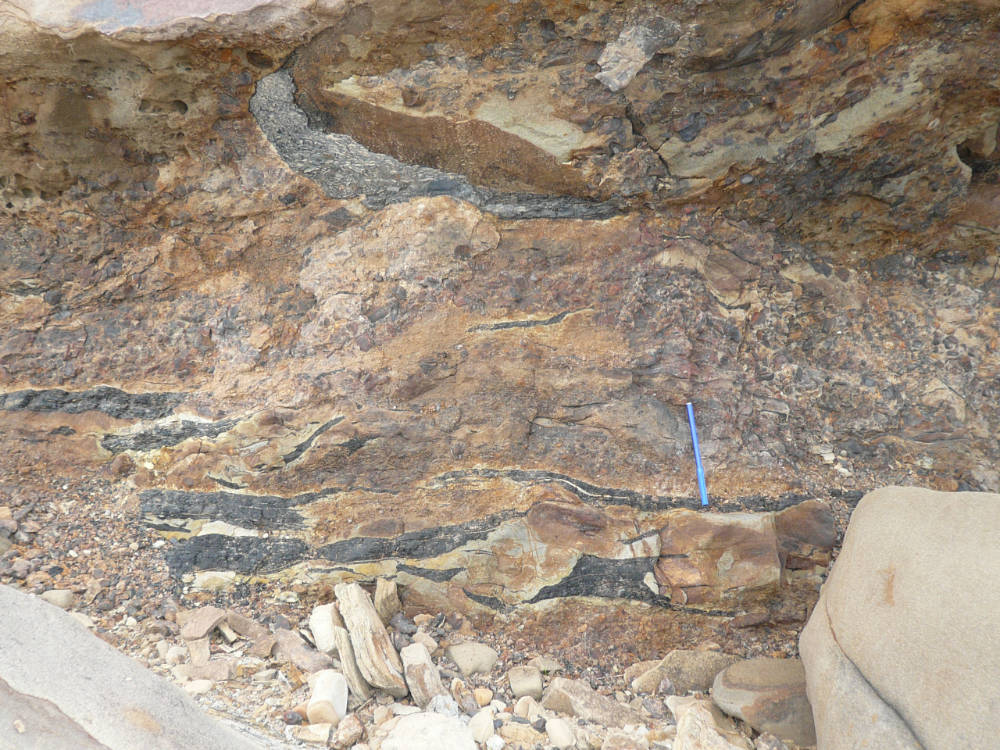Salt Tectonics: Cape Breton, Nova Scotia
Ian Davison
Earthmoves Ltd., Camberley, UK
Description
This course will combine field excursions and workshops to examine salt diapirs along coastal sections which developed in a Carboniferous extensional basin subsequently affected by Late Carboniferous inversion. The salt diapirs penetrate Carboniferous clastic strata of varying competence (conglomerates, sandstones, siltstones, shales and coals) and are exposed in continuous cliff sections extending over 2 km and are up to 50 m in height. Some diapirs were reactivated by Late Carboniferous compression and the drag zones are a combination of the original deformation associated with downbuilding diapirs and superimposed compression. This may be similar to the history of some of the deeply buried diapirs on continental margins that were affected by downslope gravitational compression. The internal structures of the diapirs are very well exposed, but the salt is interbedded with large thicknesses of shale and carbonates in Cape Breton Island, similar to the Zechstein of the North Sea. Workshop sessions review imaging and interpretation issues, salt structural styles, deformation, and trap geometries.
Schedule
Dates: Wednesday, August 23 to Saturday, August 25, 2018
- Wednesday, August 22 — 3:30 pm: Depart to Cape Breton (Overnight at Glenora Inn )
- Thursday, August 23 — All day: Morning Lecture followed by Field Excursions, evening lecture followed by dinner (Overnight at Glenora Inn)
- Friday, August 24 — All day: Morning Lecture followed by Field Excursions, evening lecture followed by dinner (Overnight at Glenora Inn)
- Saturday, August 25 — Field Excursions (to 5:00 pm). Return to Halifax/Halifax Stanfield International Airport (YHZ).
Location
Field excursions will visit outcrops along the west coast of Cape Breton Island in the vicinity of Port Hood and Mabou. Accommodations and lectures at the Glenora Inn, Glenville, Nova Scotia.
Duration and Training Method
A 3-day field and classroom course with training provided by a combination of field observation and exercises, evening lectures and workshop-style seismic exercises. Half days at beginning and end of trip are required for travel to and from Cape Breton Island.
Learning Outcomes
- Compare the mechanical properties of salt with other sediments and evaluate the physical constraints on salt flow, and how diapirs are triggered and grow.
- Predict how salt movements affect adjacent sedimentary sequences and how salt-related deformation differs with depth of burial and gross mechanical properties of the sediments.
- Assess the likely effects of near-diapir faulting and folding on reservoir compartmentalisation and seal. Evaluate likely fluid flow barriers and pathways.
- Interpret sedimentary and structural features near diapirs and describe how they relate to salt movement.
- Characterise the internal structure of diapirs and predict cap-rock development.
- Relate the thermal effects of salt diapirs to issues of heat flow and hydrocarbon maturation in salt basins.
- Judge the pitfalls of seismic imaging around salt bodies.
Cost: $650. Includes return ground transportation from Halifax to Cape Breton, accommodations, and field guide book. Please note that the registration cost does not include meals and participants are responsible for their purchase. This is a popular field trip and delegates are advised to register as soon as possible to avoid disappointment.
Note: This field short course trip is fully subscribed and registrations are no longer being accepted.

Figure 1: Findlay Point diapir

Figure 2: Port Hood Island outcrops

Figure 3: Mylonitic gypsum nodules

Figure 4: Collapsed sandstone breccia

Figure 5: Regional Macumber Fm

Figure 6: Wildfire deposit, Port Hood Fm
![Twitter [icon]](/images/twitter.svg) @HalifaxCMC2018
@HalifaxCMC2018![Facebook [icon]](/images/facebook.svg) HalifaxCMC2018
HalifaxCMC2018![Instagram [icon]](/images/instagram.svg) @halifaxcmc2018
@halifaxcmc2018